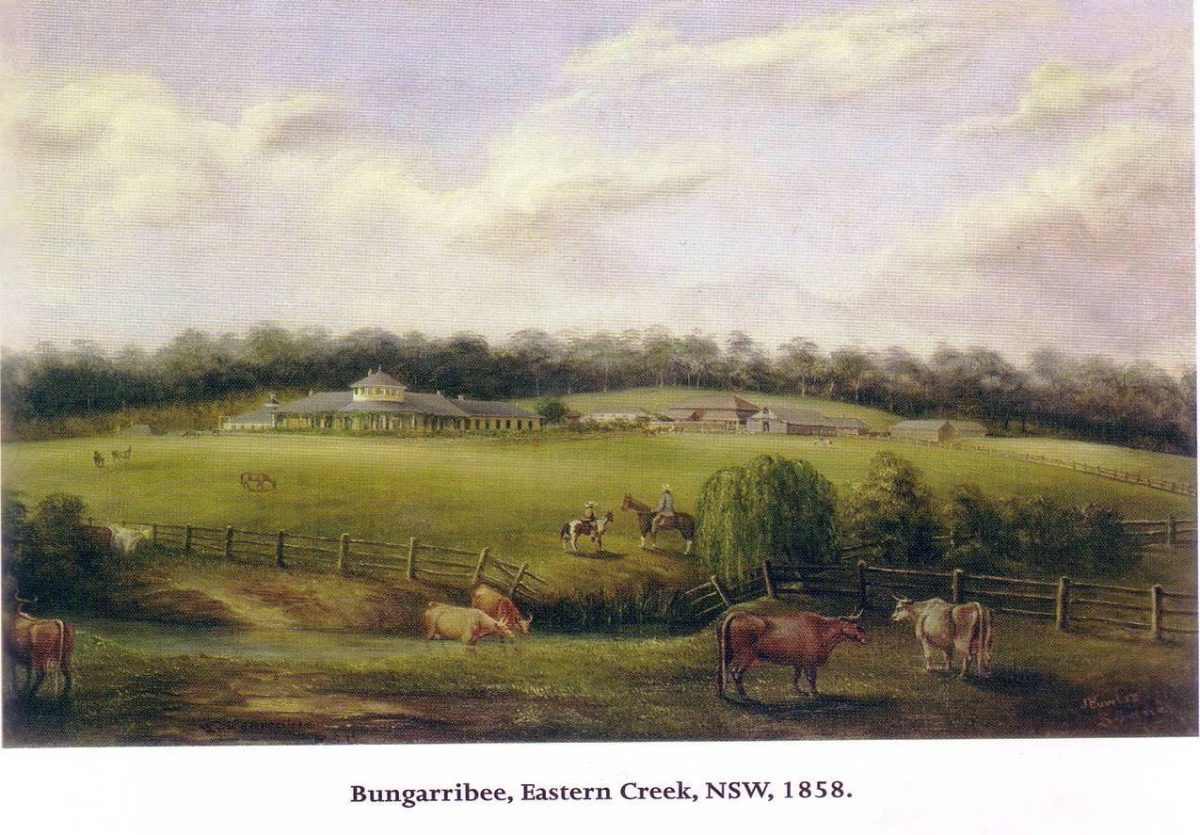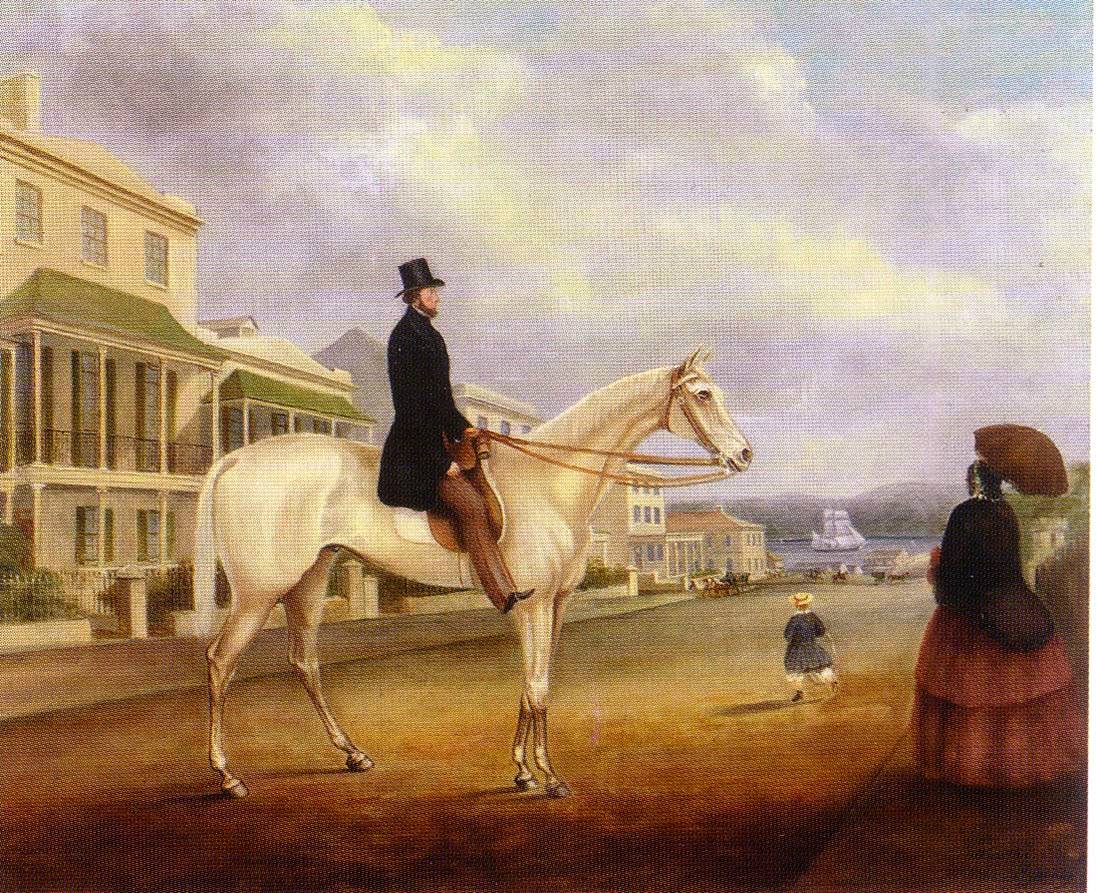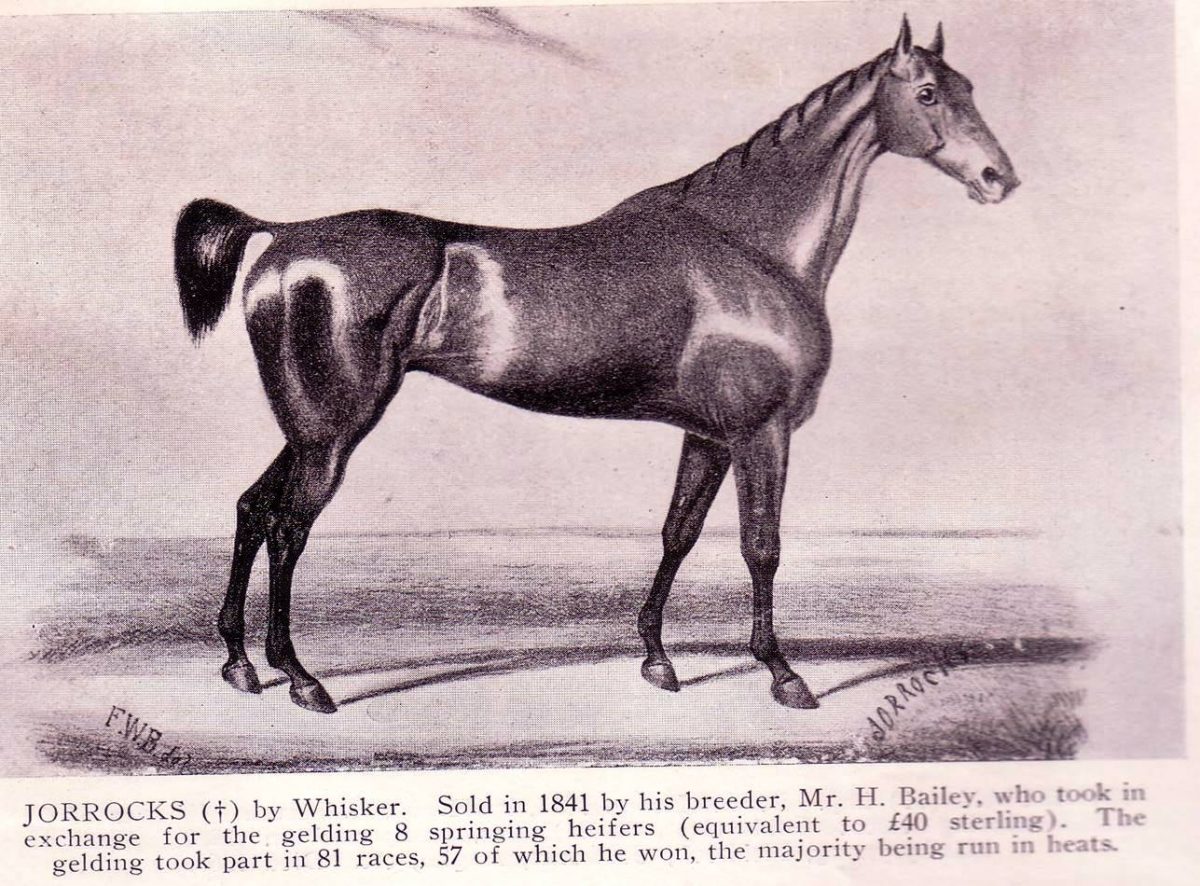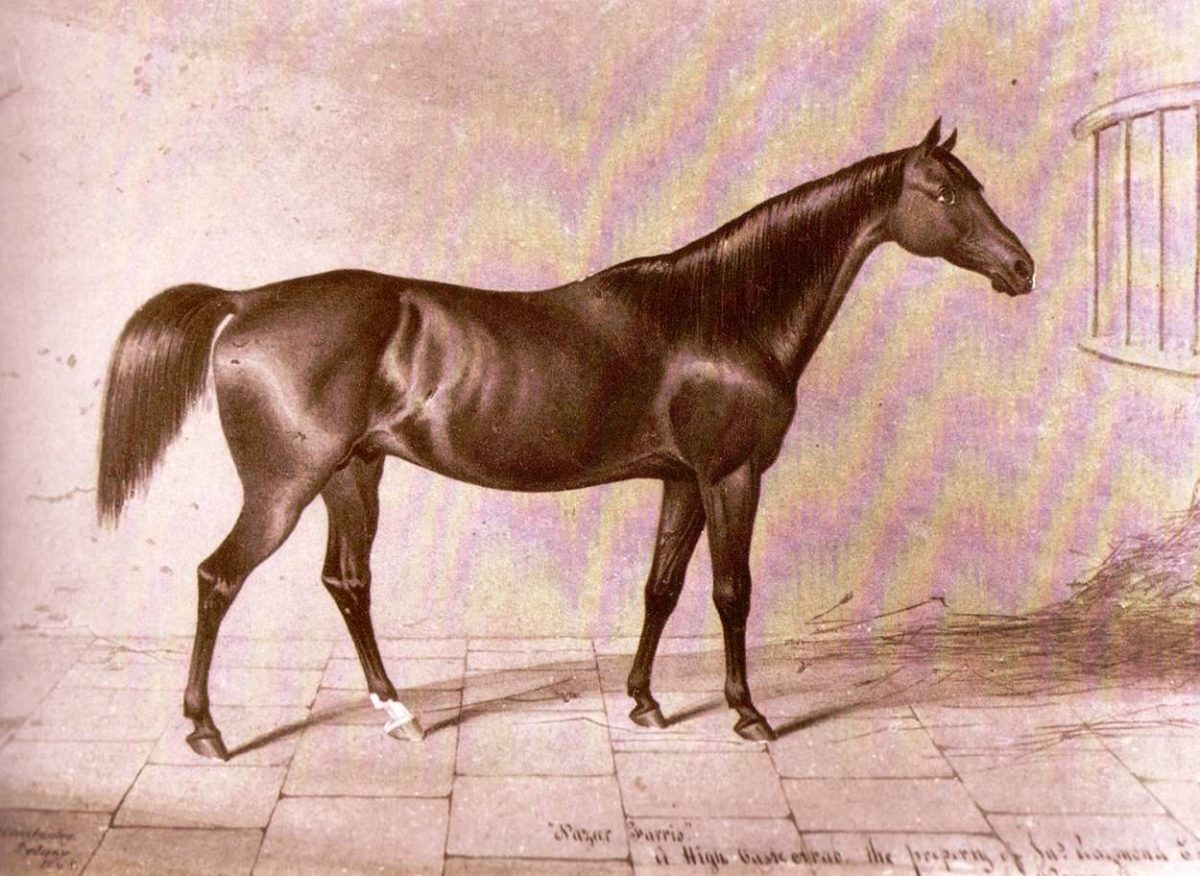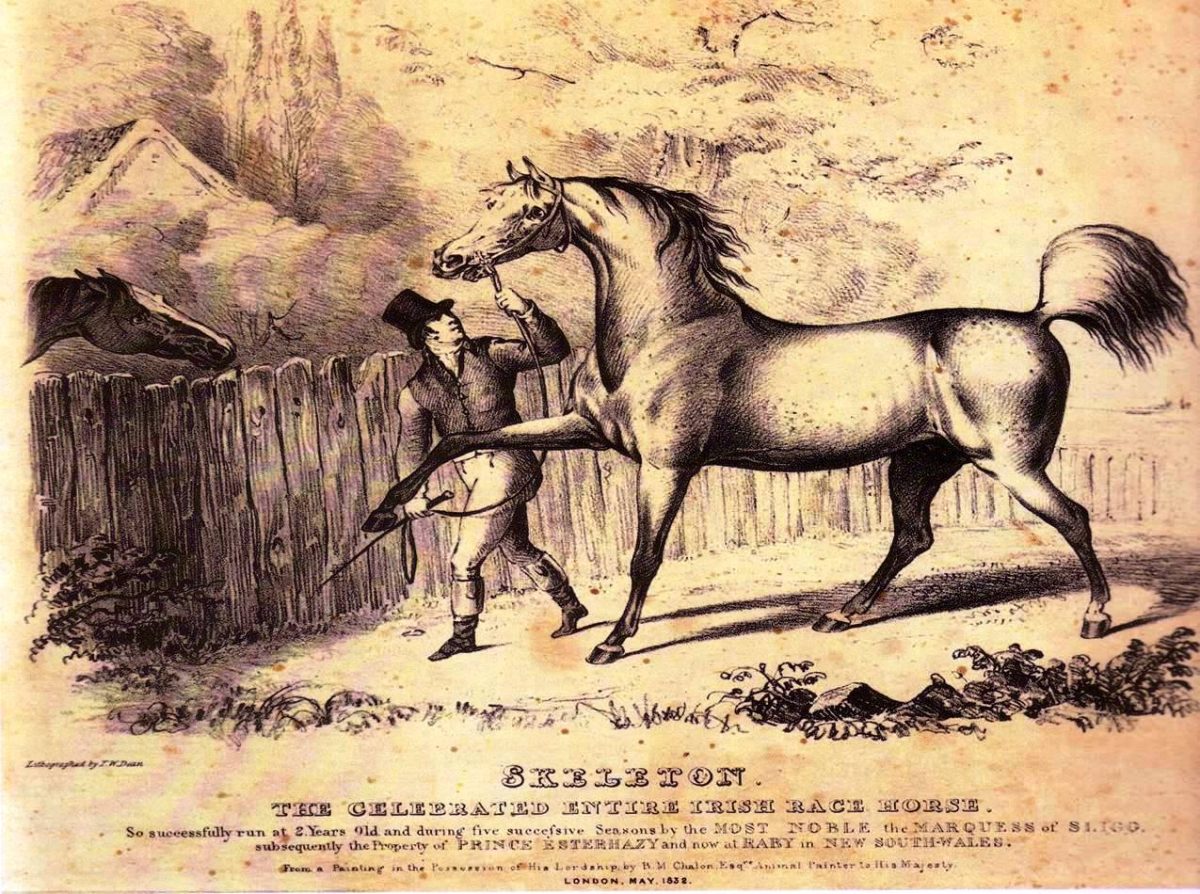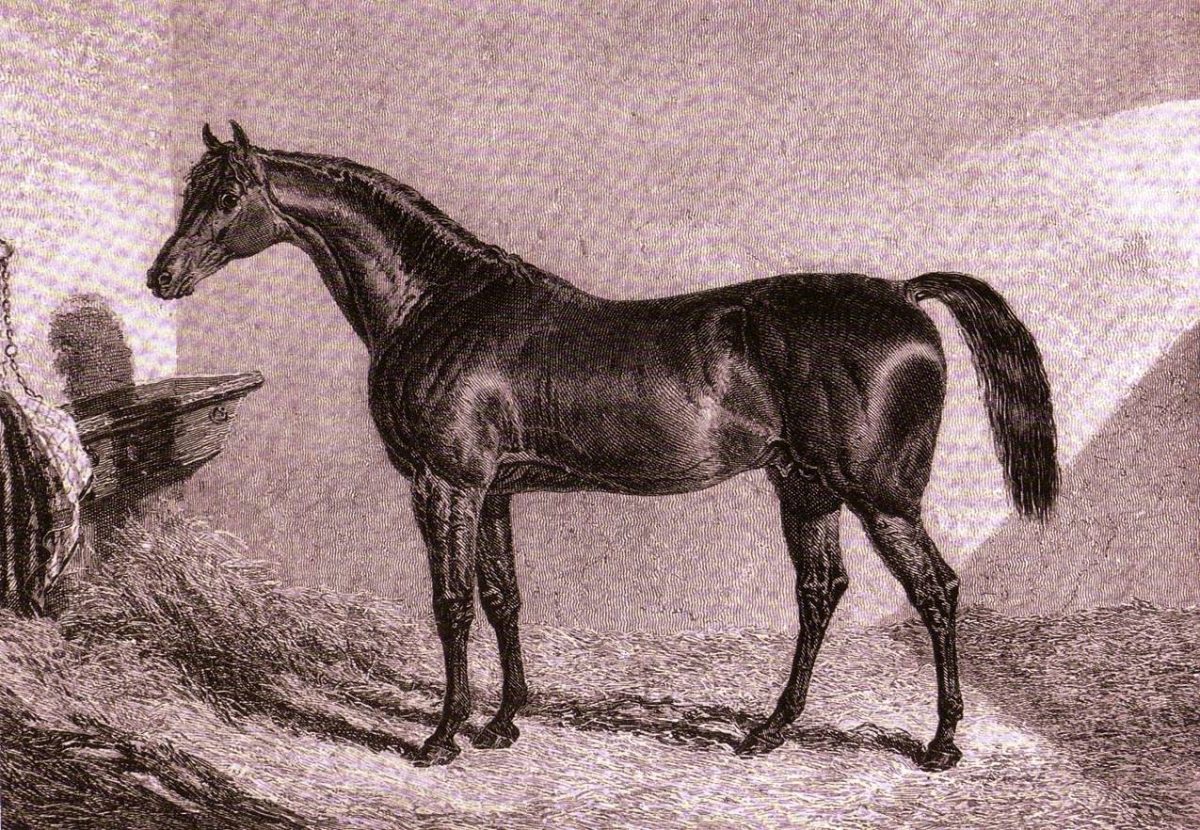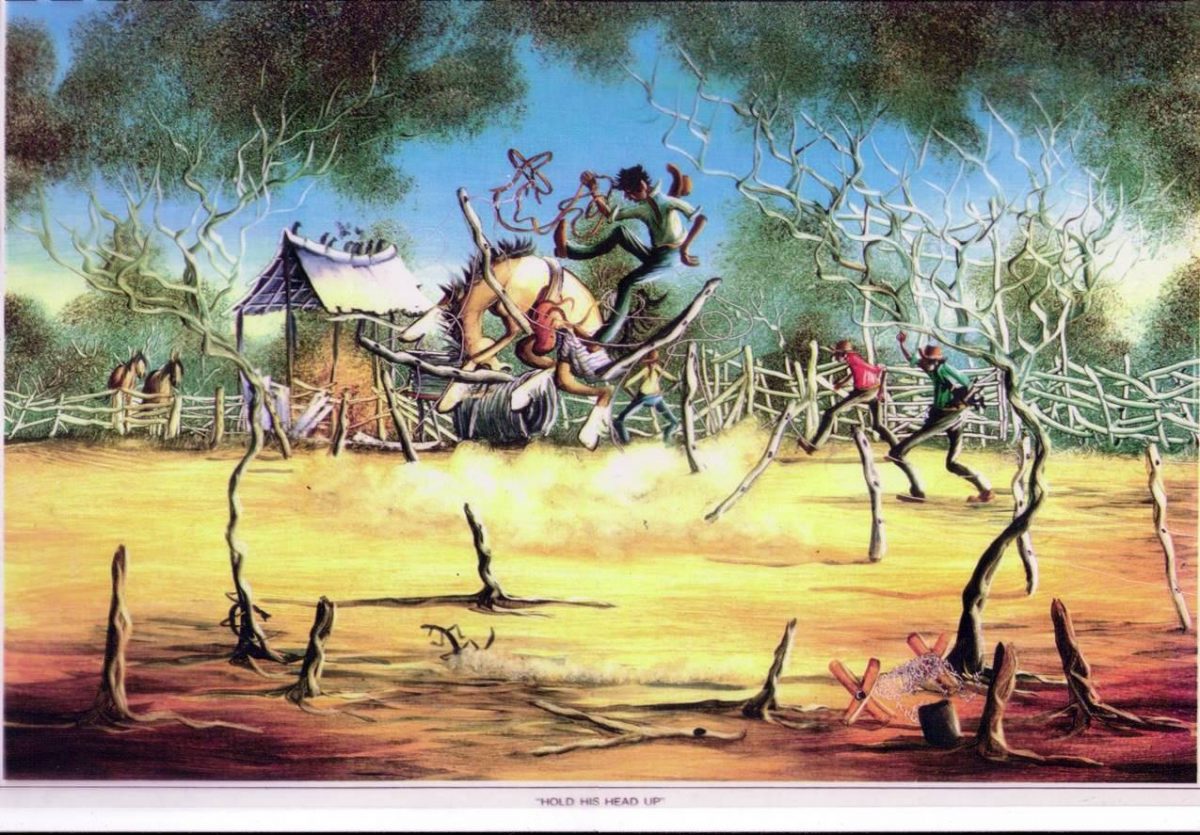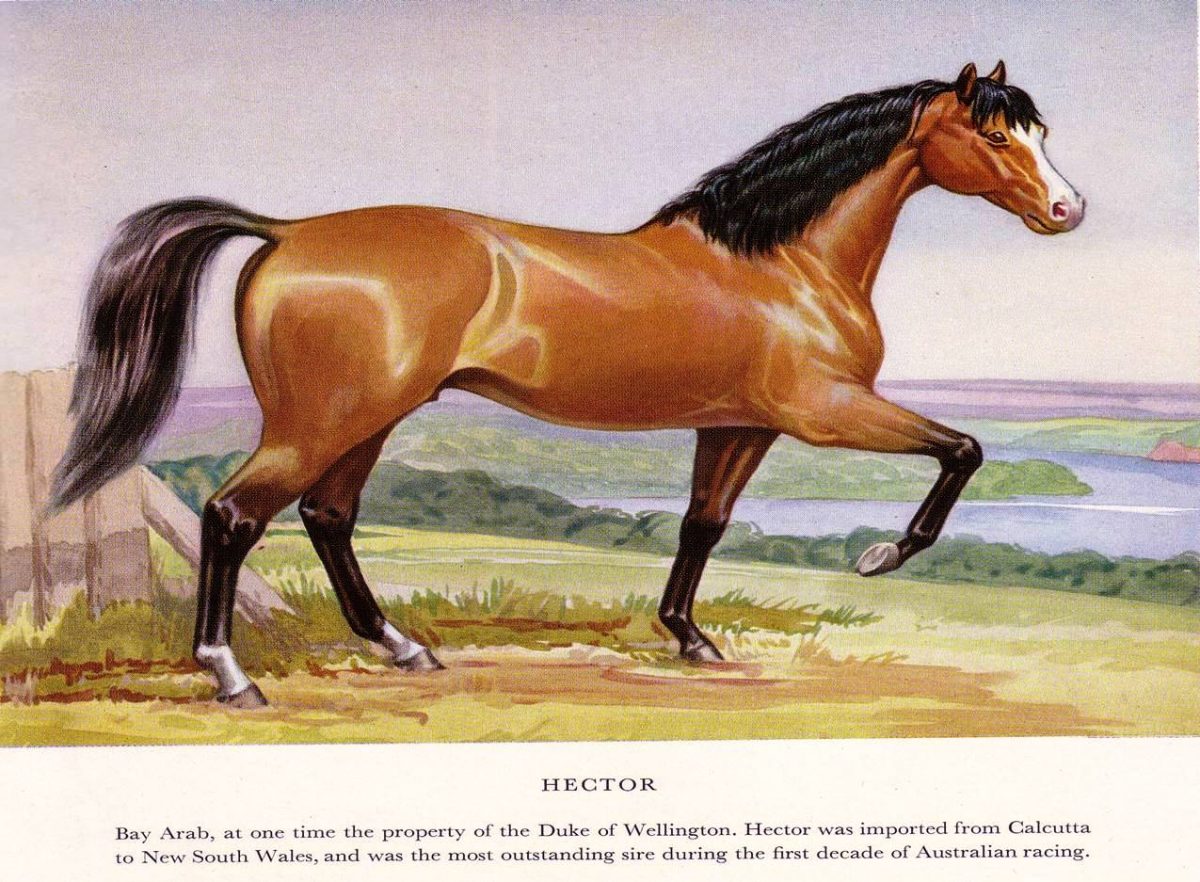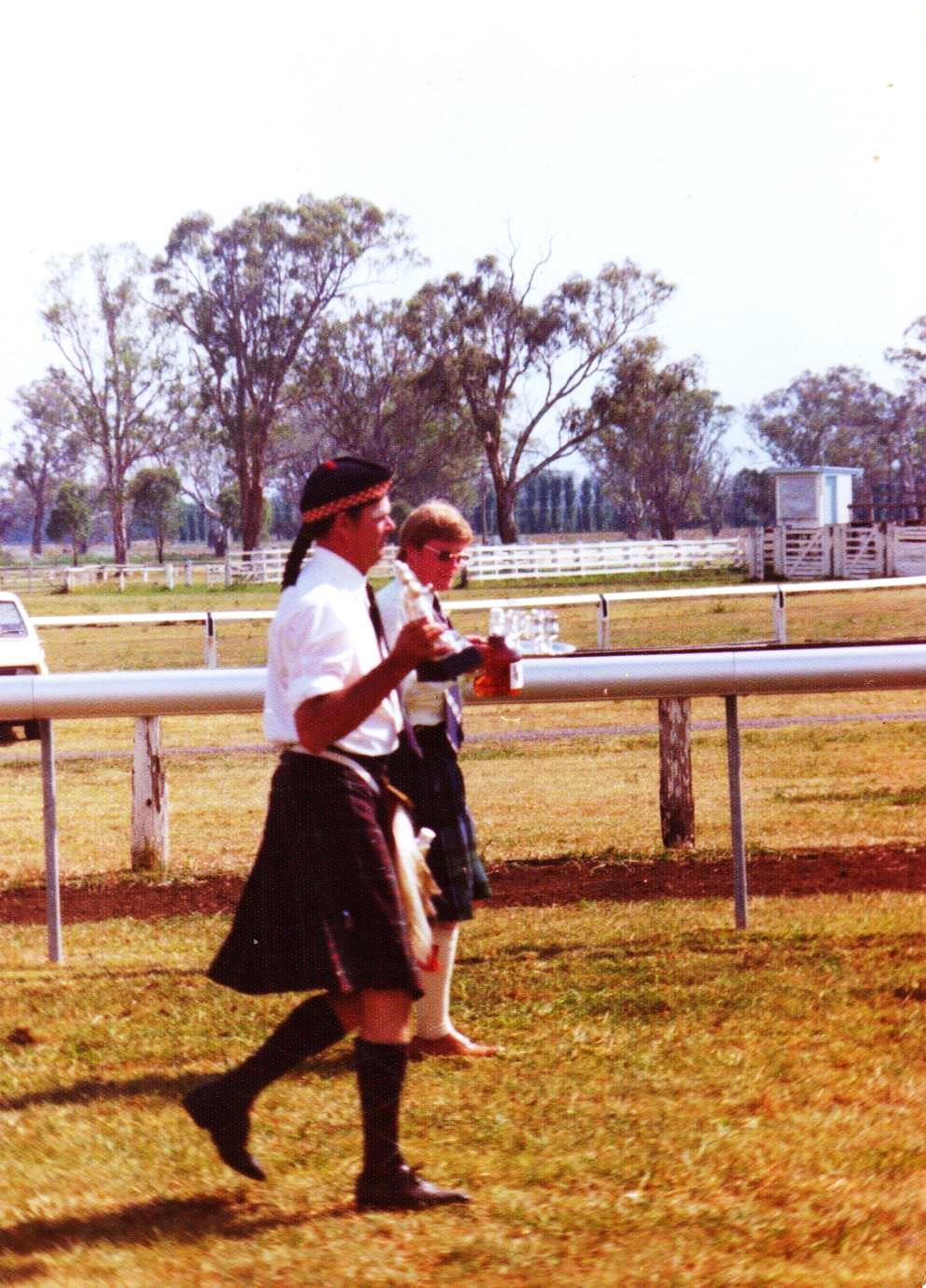Bungarribee
‘Bungarribee’ was located at Eastern Creek, west of the city of Sydney. It’s now swallowed by the inexorable urban sprawl having also hosted an International Motorcycle Race Track.
The featured image shows the ‘glamourized’ rural idyll as it may have looked in 1858. It rather resembles the liberal artistic depiction of English country life so popular in the mid-19th century. This may have been the deliberate intention? In the successive ownerships of Thomas Icely, Charles Smith and Henry Kater ‘Bungaribee’ was long one of the leading studs in Autralia.
Things were not so sanitised further out and further west.
Reprinted in ‘Horsemen of the First Frontier (1788 – 1900) and The Serpents Legacy’ by Keith R Binney. Publisher: Volcanic Productions










